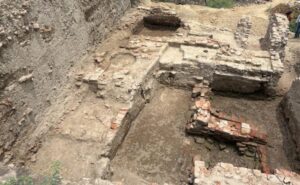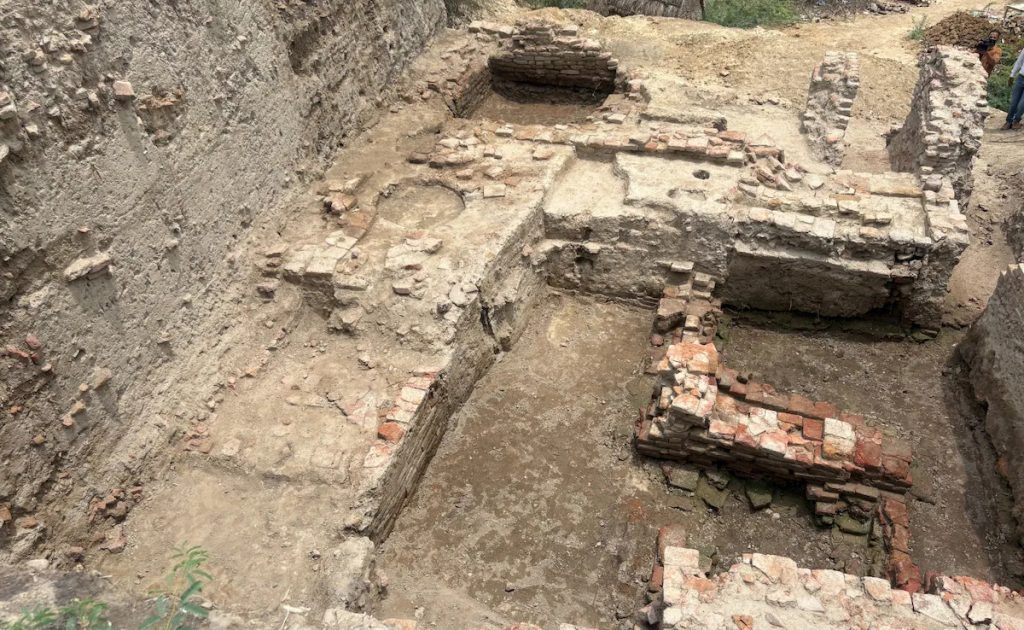4,500 years old civilization found in Rajasthan, links to the mythological Saraswati river
A major historical discovery has been made in Bahaj village of Deeg district of Rajasthan. The Archaeological Survey of India (ASI) has found evidence of a 4,500-year-old developed civilization during excavations here. This discovery is considered very important for understanding the history of not only Rajasthan but the whole of India.

The most surprising thing is that during the excavation, a very old and deep dry path (paleo-channel) of a river was found 23 meters below the ground. Scientists believe that this could be the same mythical Saraswati river, which is mentioned in our holy book Rigveda. It is believed that this ancient civilization was settled on the banks of this river and the early human settlements got water.

The most surprising thing is that during the excavation, a very old and deep dry path (paleo-channel) of a river was found 23 meters below the ground. Scientists believe that this could be the same mythical Saraswati river, which is mentioned in our holy book Rigveda. It is believed that this ancient civilization was settled on the banks of this river and the early human settlements got water.
What was found in the excavation?
This excavation is the deepest excavation ever done in Rajasthan. More than 800 historical things have been found in this excavation which started on January 10, 2024, which tells us about the life of that time. The main things include:

Evidence of five different eras: Excavations have found layers of five different eras, one below the other. These include post-Harappan, Mahabharata period, Mauryan period, Kushan period and Gupta period.
●Ancient utensils and seals: Pottery, the oldest seals of Brahmi script and copper coins have been found.
●Religious items: More than 15 yajna kunds (havan kunds), idols of Lord Shiva and Parvati have been found, which show that people of that time used to worship and perform yagna.
●Evidence of Mahabharata era: Utensils and havan kunds have been found in the Mahabharata era layer. According to officials, these utensils match the clothes and utensils mentioned in the Mahabharata.
●Unique tools: For the first time in India, bone tools such as needles, combs and moulds have been found.
●Other artifacts: A statue believed to be the head of the Mother Goddess from the Mauryan period, bangles made of conch shells, beads of precious stones and metal melting furnaces have also been found.
Apart from this, a human skeleton has also been found in the excavation, which has been sent to Israel for investigation.
What is the significance of this discovery?
This discovery proves that the Braj region of Rajasthan has been an important centre of religion, culture and history for thousands of years.

Its connection with the Saraswati river further increases the importance of this area. ASI has submitted its report to the Ministry of Culture and soon this area can be declared a National Archaeological Protected Area. This discovery can give a new direction to understanding the ancient history of North India.
Join Us On Social Media:-
Contact Us:-















More Stories
ULFA‑I Blames Indian Drone Raid in Myanmar—Army Denies Any Such Operation
e‑Passport 2025: India’s New Chip-Based Passport — How to Apply, Cost, Benefits & More
Bullet train will run between Delhi and Patna, will go to Howrah at a speed of 350KM; what will be the route